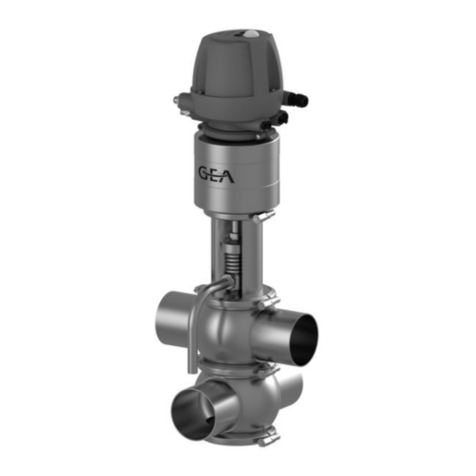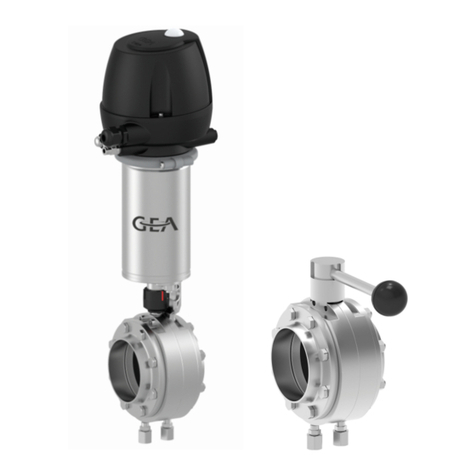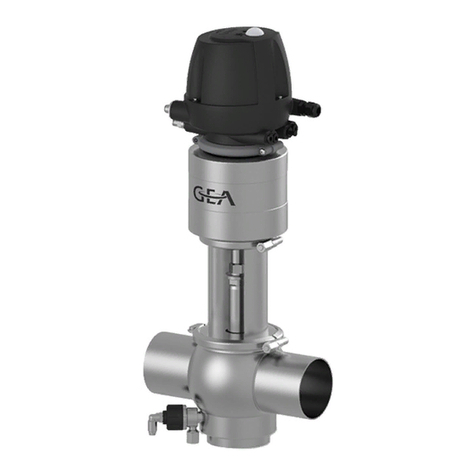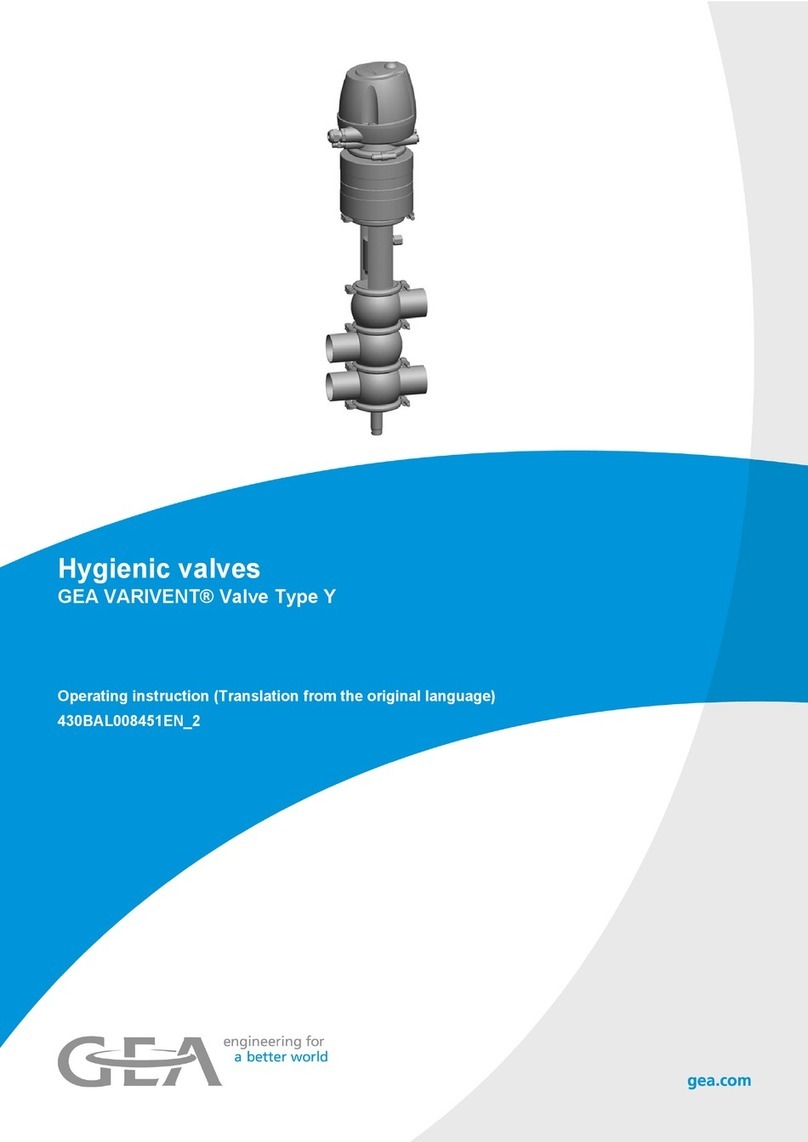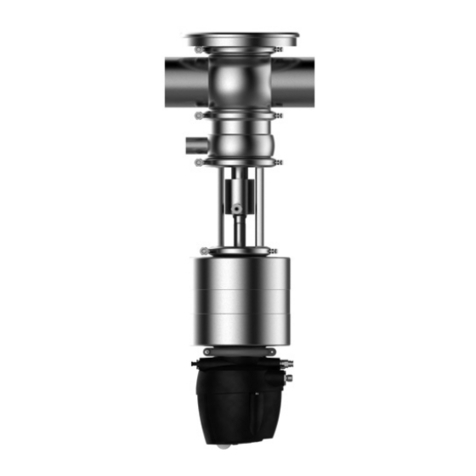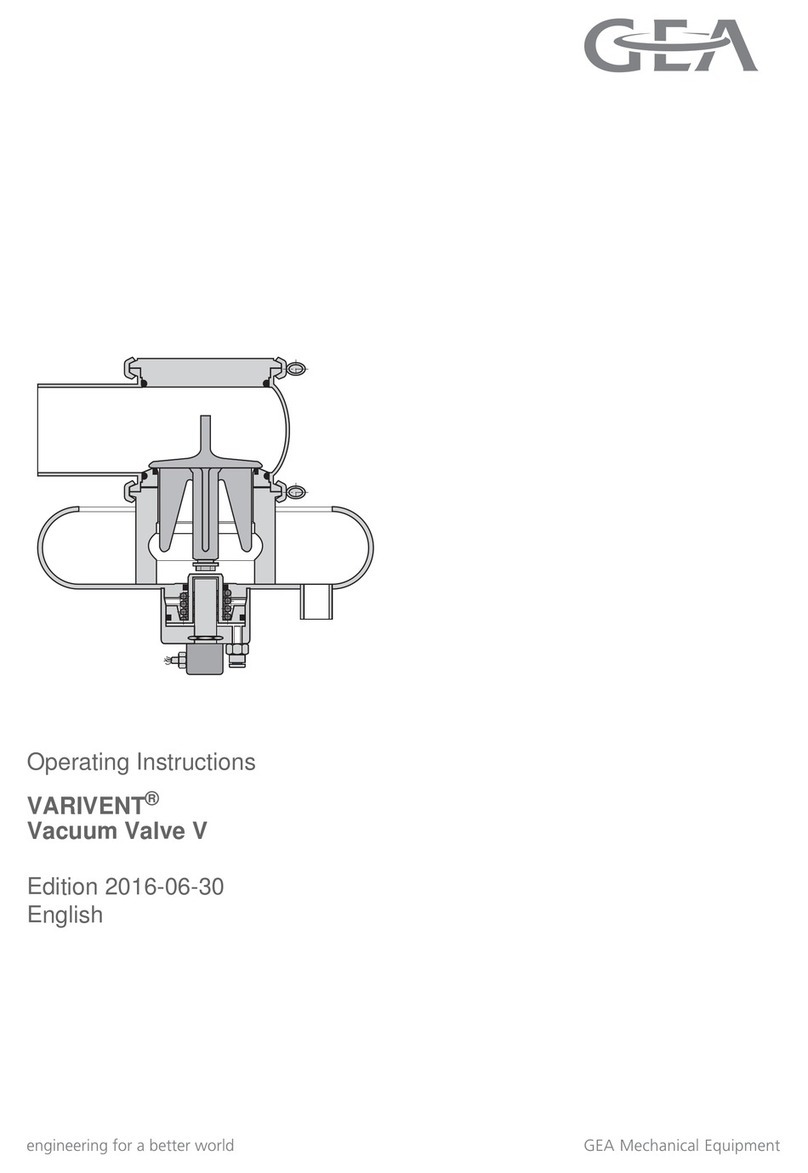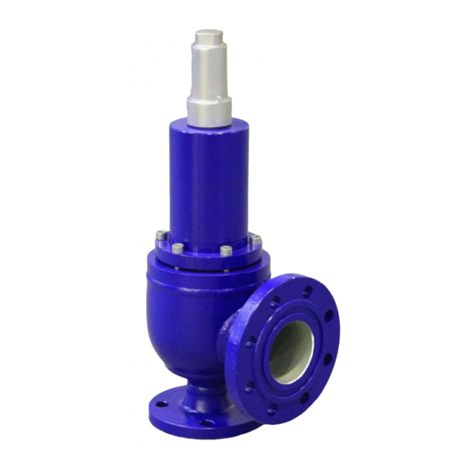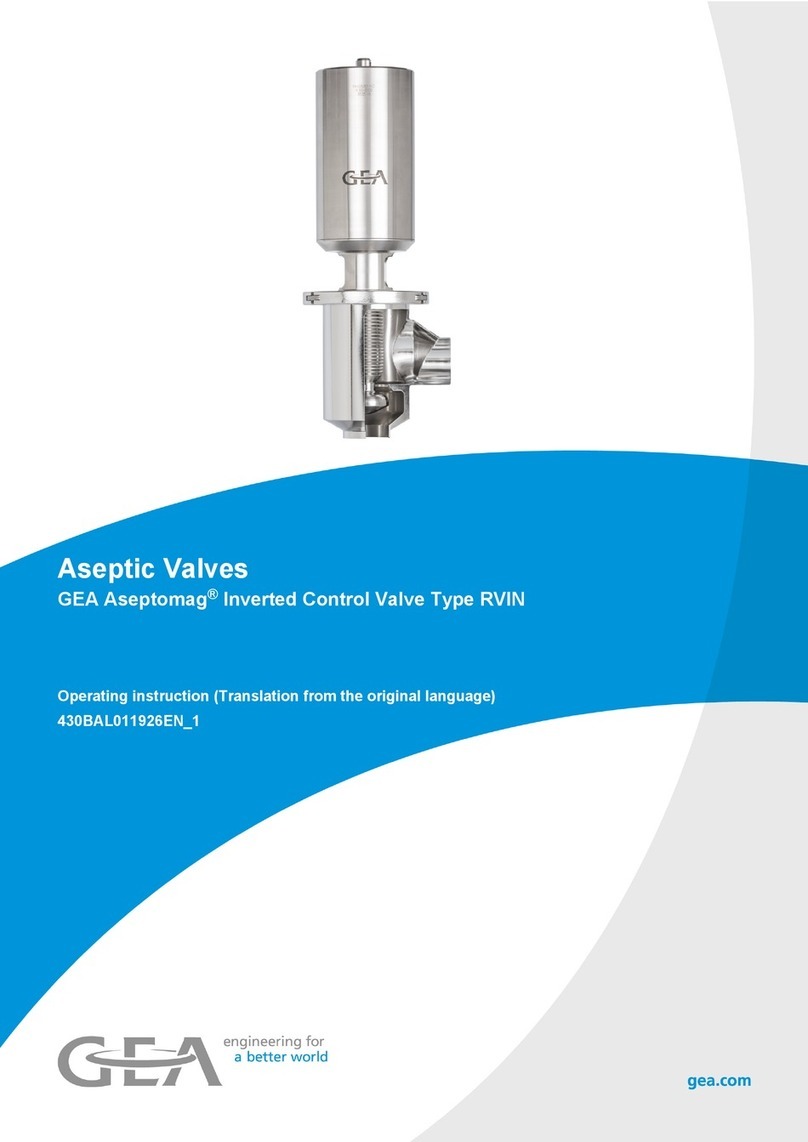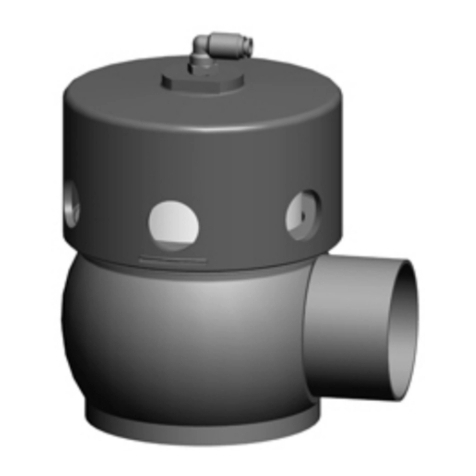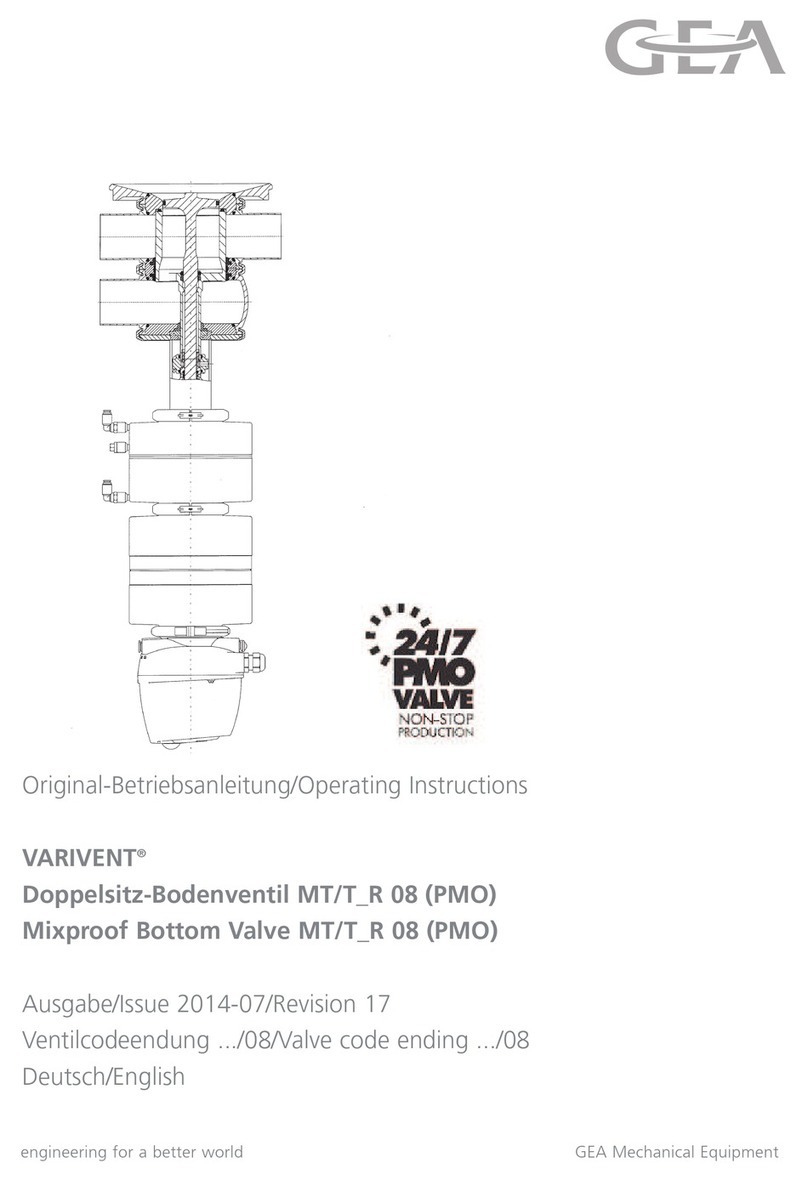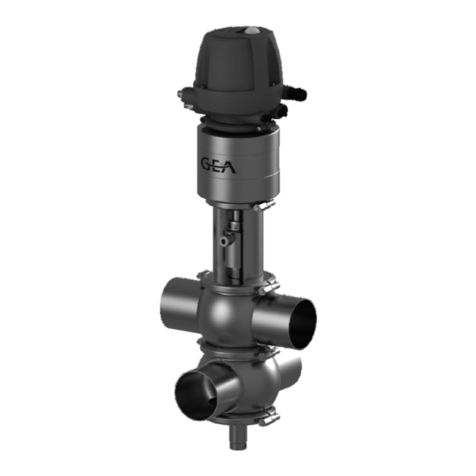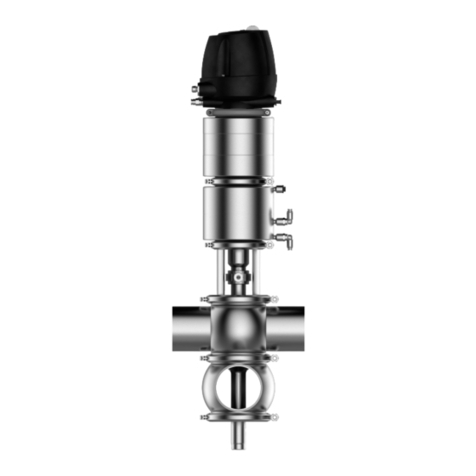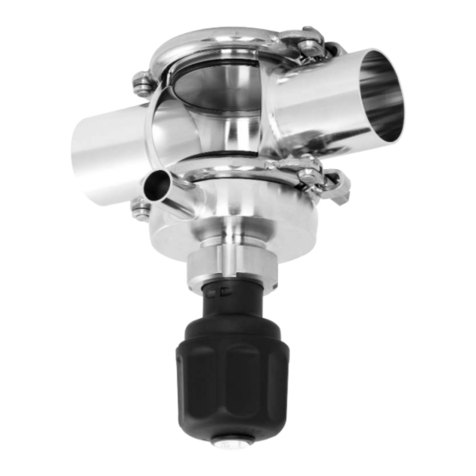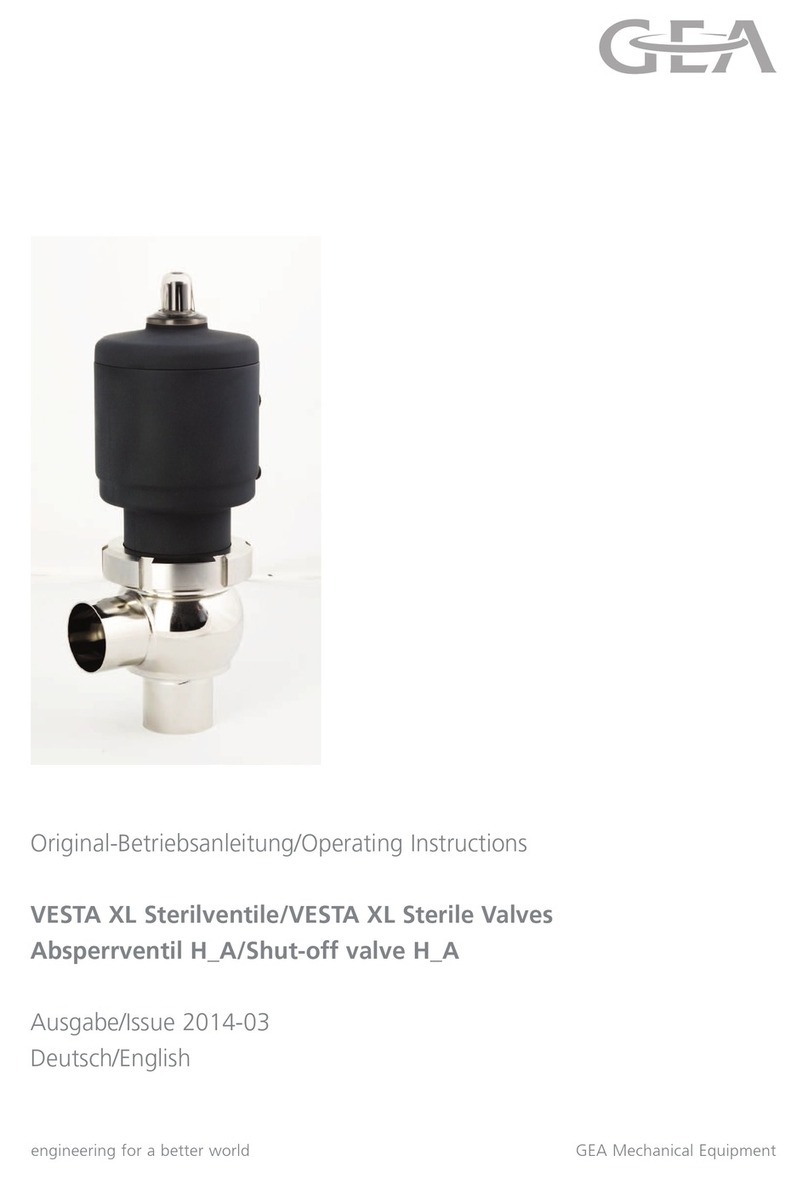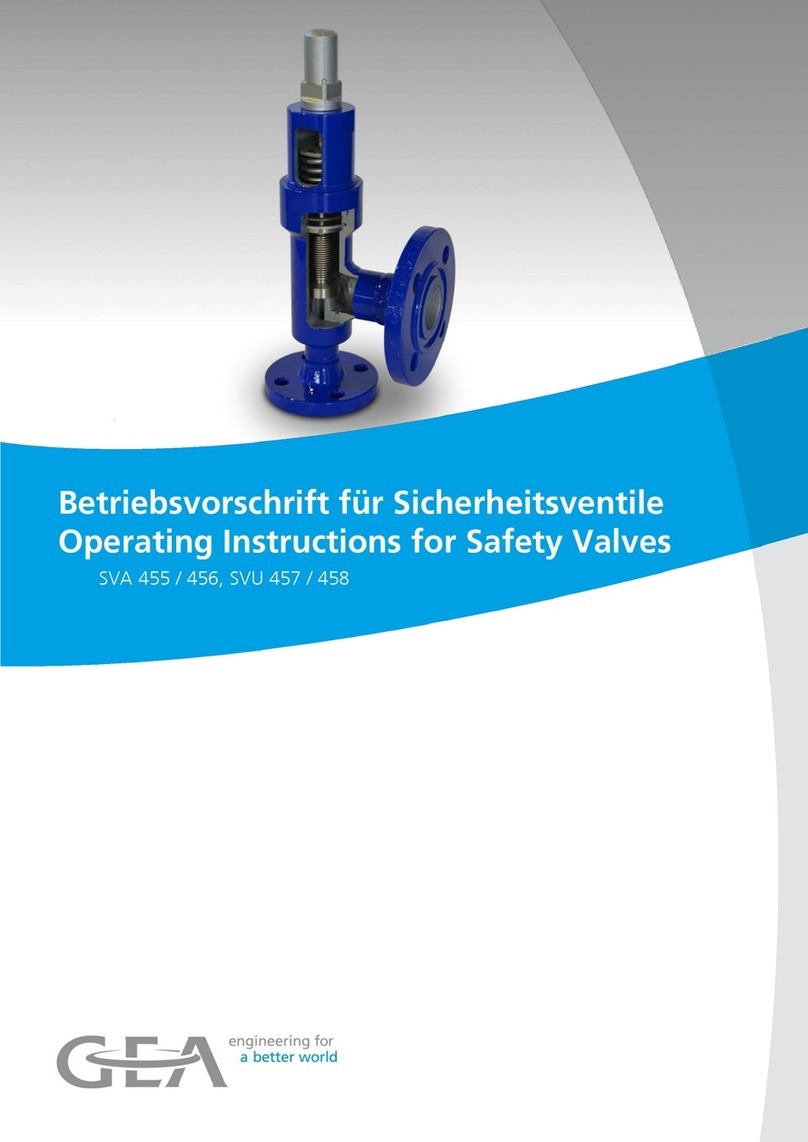
3
Table of Contents
Notes for the Reader ...................................................................................................................................... 5
Binding Character of These Operating Instructions ......................................................................................... 5
Notes on the Illustrations .................................................................................................................................. 5
Symbols and Highlighting ................................................................................................................................. 6
Abbreviations and Terms ................................................................................................................................. 7
Safety............................................................................................................................................................... 9
Safety Note ....................................................................................................................................................... 9
Operator's Duties .............................................................................................................................................. 9
Qualification of Staff ....................................................................................................................................... 10
Supplementary Regulations ........................................................................................................................... 11
Instructions for the Safe Operation ................................................................................................................. 12
•General Principles ...................................................................................................................................... 12
•Installation .................................................................................................................................................. 12
•Commissioning/Setup Mode ...................................................................................................................... 13
•Setting into Operation ................................................................................................................................. 13
•Operation .................................................................................................................................................... 13
•Shutting Down ............................................................................................................................................ 14
•Maintenance and Repair ............................................................................................................................ 14
•Disassembly ............................................................................................................................................... 15
•Environmental Protection ........................................................................................................................... 15
•Electrical Equipment................................................................................................................................... 15
Signage .......................................................................................................................................................... 16
Residual Risk ................................................................................................................................................. 17
•Hazard Areas ............................................................................................................................................. 17
•Residual Dangers ....................................................................................................................................... 18
•Declaration of Incorporation ....................................................................................................................... 19
Intended Purpose ......................................................................................................................................... 20
Designated Use .............................................................................................................................................. 20
Requirements for the Operation ..................................................................................................................... 20
Pressure Equipment Directive ........................................................................................................................ 20
ATEX Directive ............................................................................................................................................... 20
Improper Operating Conditions ...................................................................................................................... 21
Conversion Work ............................................................................................................................................ 21
Transport and Storage................................................................................................................................. 22
Scope of Supply ............................................................................................................................................. 22
Transport ........................................................................................................................................................ 22
Storage ........................................................................................................................................................... 22
Design ........................................................................................................................................................... 23
Installation and Commissioning ................................................................................................................. 24
Notes on Installation ....................................................................................................................................... 24
Valve with Detachable Pipe Connection Elements ........................................................................................ 24
Valve with Welding Ends ................................................................................................................................ 25
Pneumatic Connections ................................................................................................................................. 26
•Air requirement ........................................................................................................................................... 26
•Establishing the hose connection ............................................................................................................... 26
